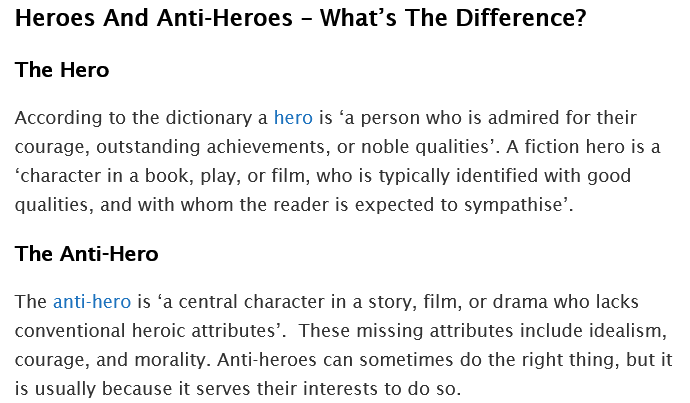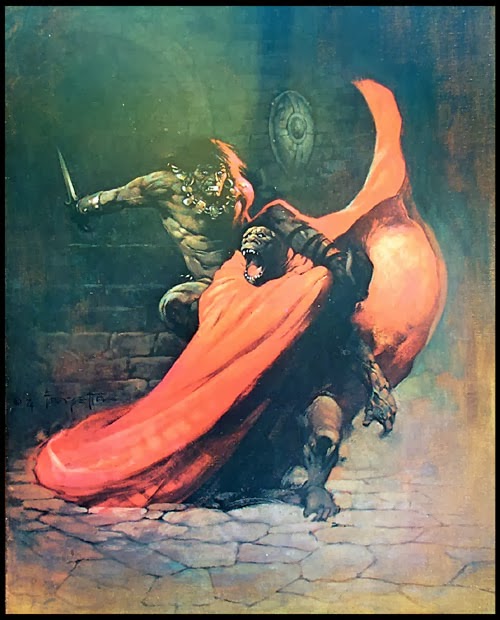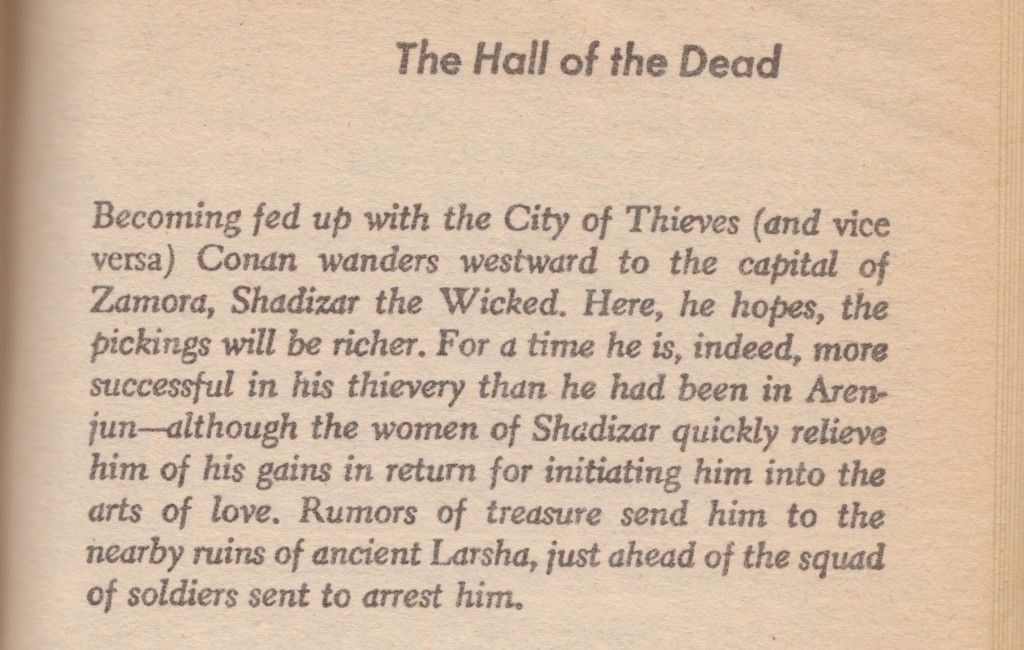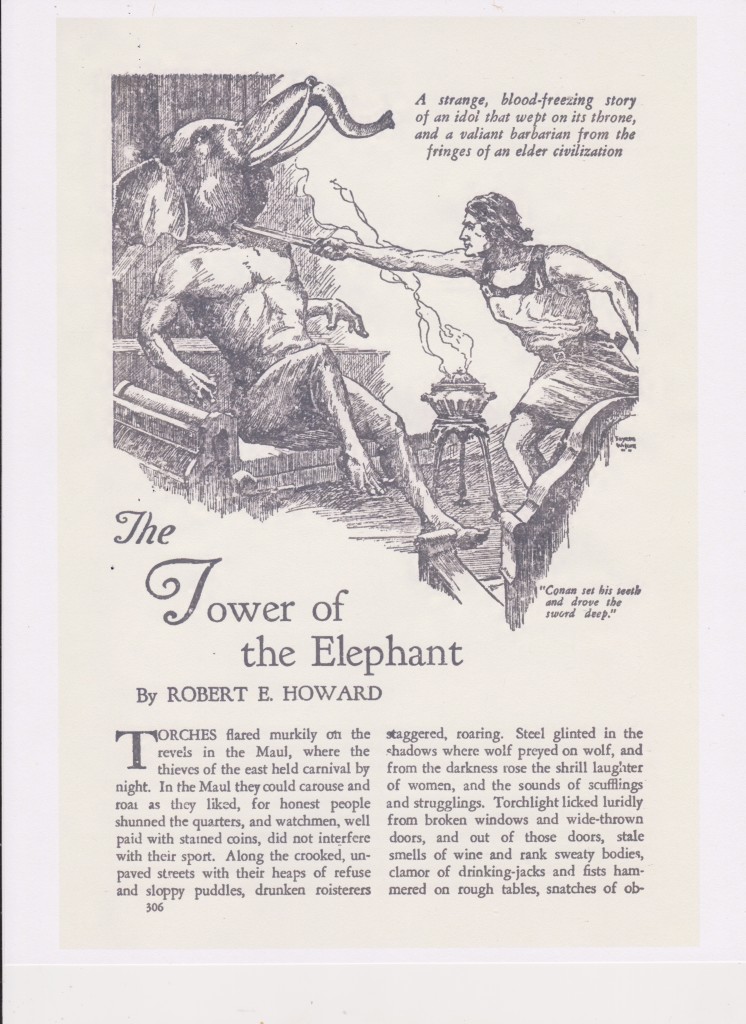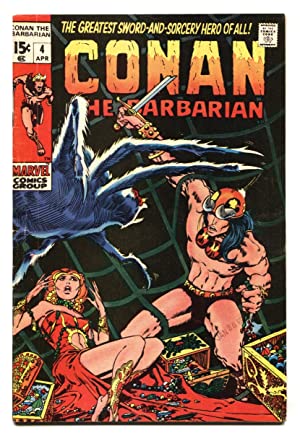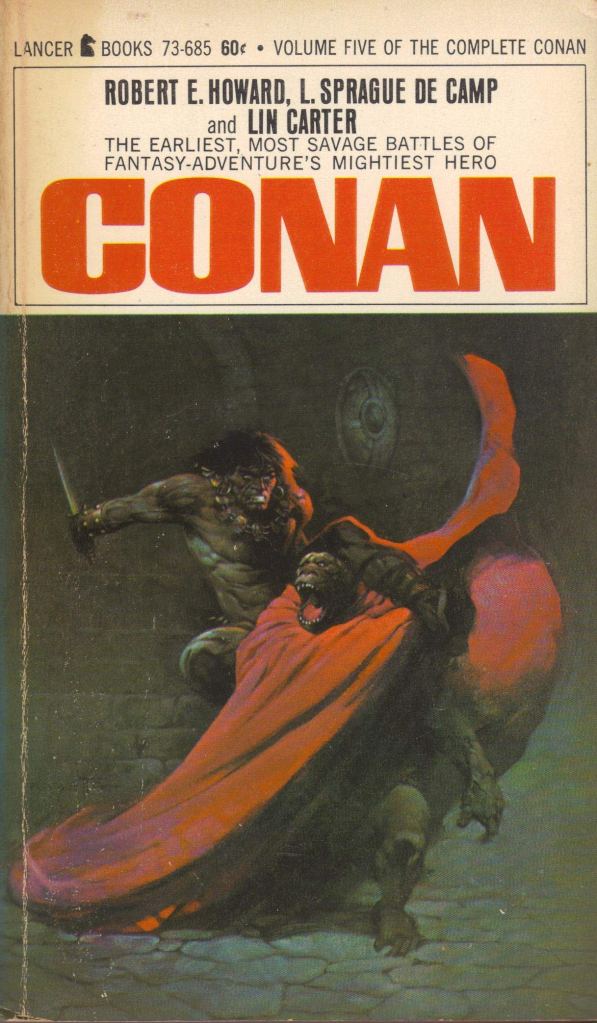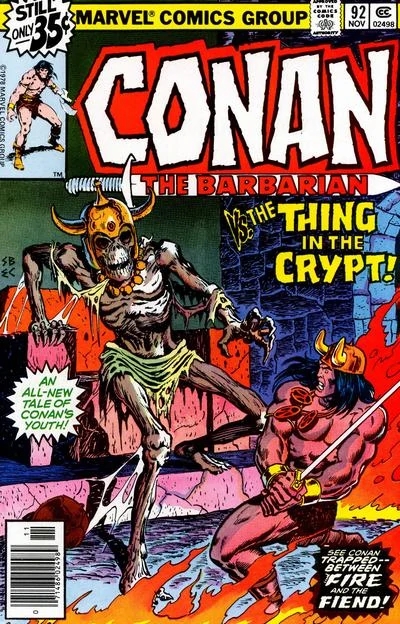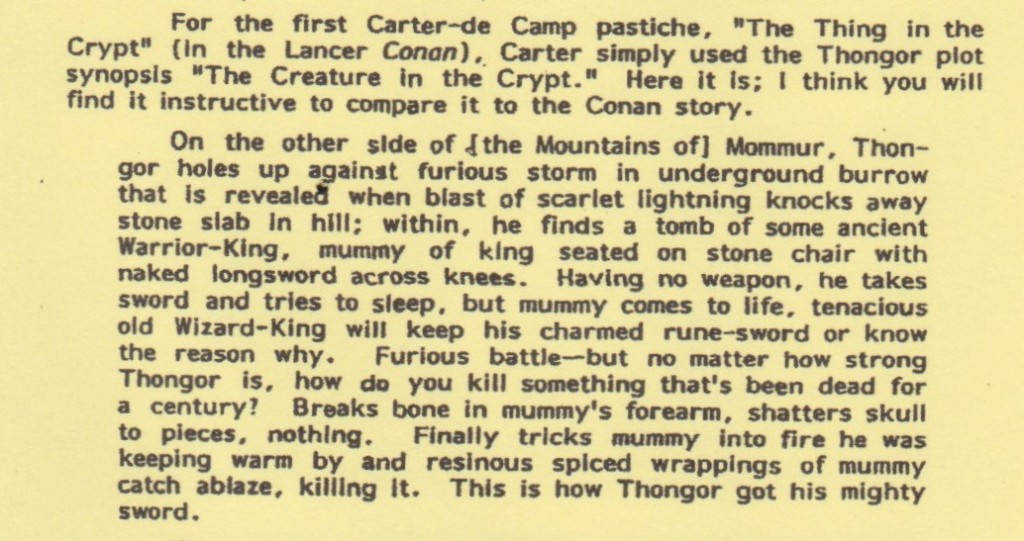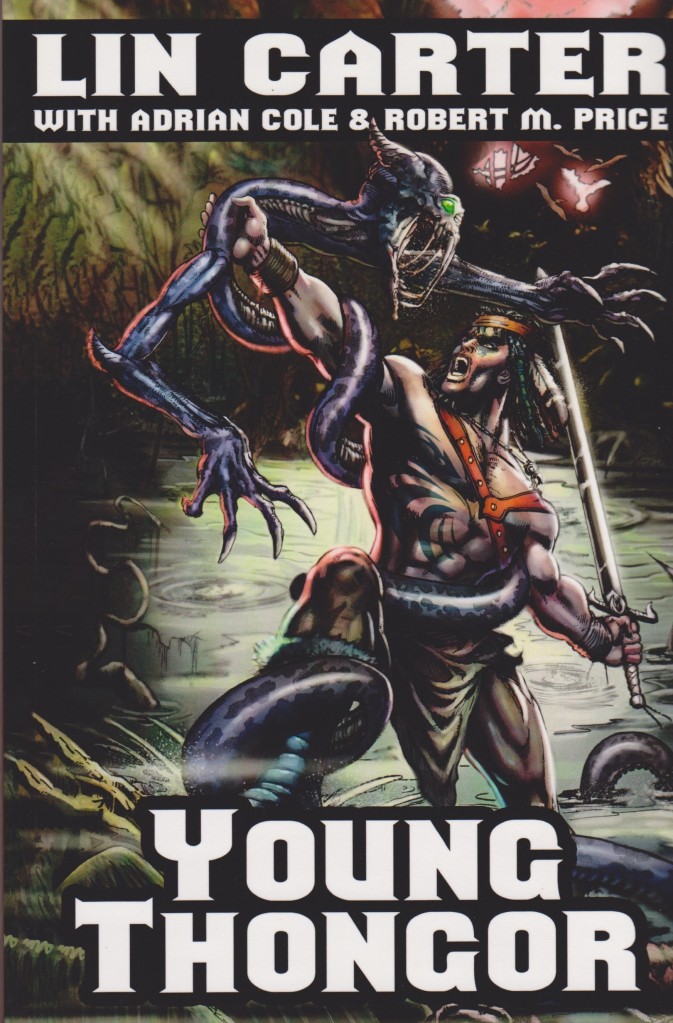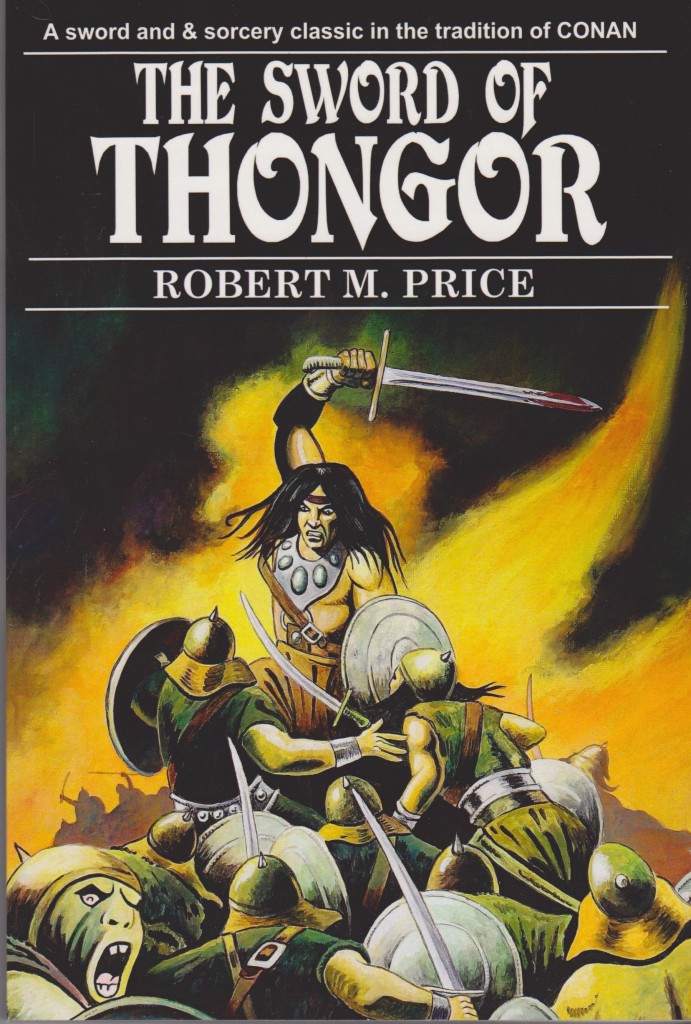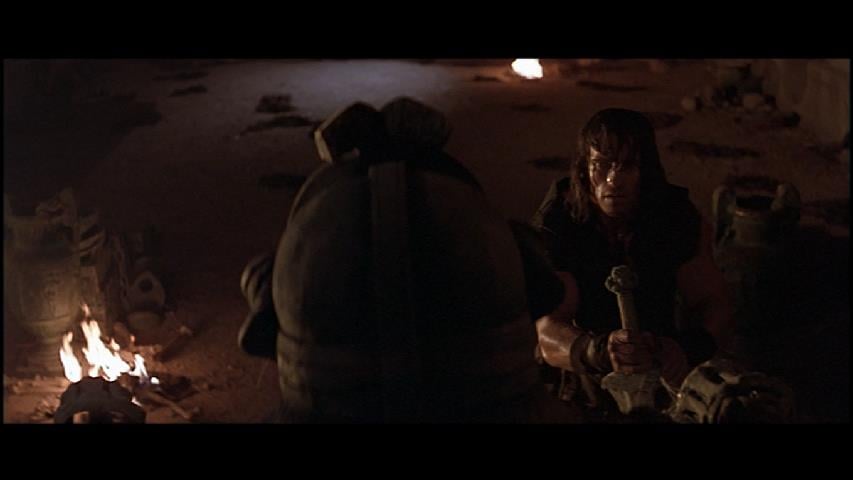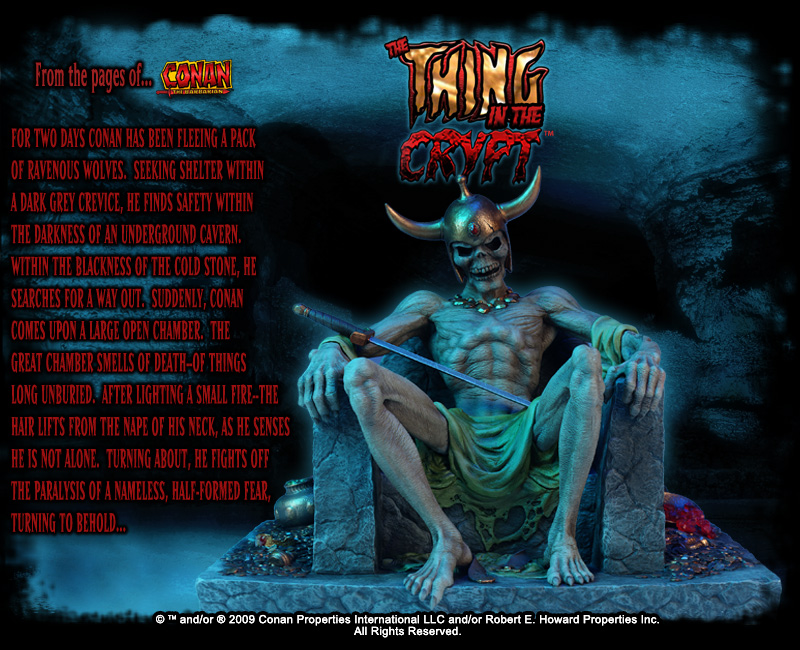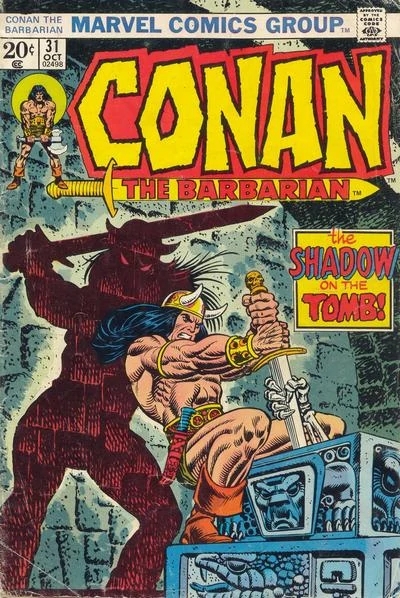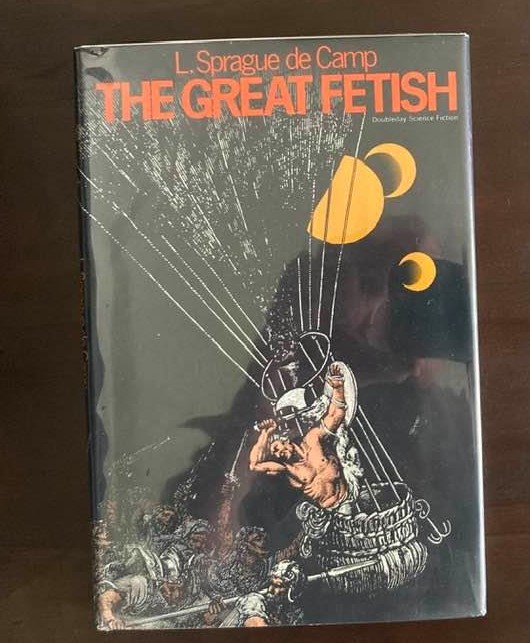by Gary Romeo
“The Hand of Nergal” first appeared in Conan, Lancer Books, 1967. Lin Carter reprinted the story in his anthology, Beyond The Gates of Dream, Belmont Books, 1969. Lin goes into great detail about his approach to the job of completing REH’s unfinished tale in this book.
Lin Carter gets very comfortable in this book’s introduction and shares his childhood mania for fantasy and science fiction with his readers. Lin gives off a very relaxed vibe here that endeared him to me. His childhood was not very different from my own (regarding his love of books).
Lin tells us that Glenn Lord initially showed REH’s unfinished story to Sprague who suggested Lin Carter be given the chance to complete it. This was Lin’s first Howardian exercise. He explains that he took the job very seriously.
The REH fragment first saw print in The Last Celt, Donald M. Grant, 1976. It is more of an incomplete story than an outline. The manuscript for “The Hall of the Dead” was more of an outline that gave the whole story: beginning, middle, and end but without detail. “The Hand of Nergal” contains lots of finished prose but ends abruptly. Rather than merely starting at the point where REH left off, Lin rewrites the beginning and incorporates a good deal of REH’s prose in the following chapters. As mentioned before Lin passed a stylometric test that compared “The Thing in the Crypt” to REH’s writing style. Lin could write REH type prose; but could he write a REH type story?
“The Hand of Nergal” was adapted to comics in Marvel’s Conan the Barbarian #30 and Dark Horse’s Conan #47-50. There are differences in each version. The Marvel adaptation used Carter’s version. The Dark Horse adaptation did not. The comics are beyond the scope of this article. So now it is time to see how well Lin succeeded in his goal.
The story starts on a battlefield and mention is made of “superstitious awe.” When Conan and superstitious are mentioned together I get a little shaky. If Conan carried a lucky coin, had a ritual battle-cry, or even prayed to Crom, I’d grant he was superstitious. But in a world where supernatural magic truly exists can anyone really be deemed superstitious?
I can understand Faith in God(s). I succumb to that. I don’t go into caves expecting any dead bodies therein to come alive but Conan should. That kind of thing happens in his world. So dreading supernatural horror is common-sense for Conan. It should be common-sense for everyone, barbarian or not, in fact. I suppose when any Conan author mentions superstition they are mainly trying to tell the reader that Conan is cocksure of his ability to beat any natural foe but lacks that certitude when confronting the supernatural. BUT in a world where the supernatural is natural…? I’m overthinking it obviously!
Back to the story… Conan is in the service of King Yildiz and the army is attacked by ghostly bats. The army scatters. Conan tries to assert some leadership but to no avail. Conan fights the bats but they give off a bone-chilling cold that kills. Conan is saved from death by an amulet he found previously but passes out from the effect.
When he awakes he finds a horse and an attractive young woman. She tells Conan that she was sent to find him and that he has a role to play in the city of Yaralet, the stronghold of Munthassem Khan. The man King Yildiz sent Conan and the army to defeat.
Conan is described as tall and powerfully built, burnt brown by the sun, and naked save for a loincloth and sandals. He has a great sword. Lin had more of a thing for phallic imagery than REH or de Camp apparently. Lin going on about the sword in “The Thing in the Crypt” undoubtedly was somewhat responsible for “the riddle of steel” and “the Sword of Atlantis” mentions in the first Conan movie and live-action TV show.
Conan meets Atalis and Prince Than. They entice Conan into a battle between “the hand of Nergal” and “the heart of Tammuz.” Despite what Lin said above this isn’t a blood and thunder battle. As a movie it would make a good SFX battle with lights and sound and visual imagery, but as words on paper it is not terribly gripping. Conan and the heart of Tammuz triumph. The Khan is defeated. Conan gets some gold and the girl. King Yildiz, with no personal effort and appearance in name only , is the big winner of this story. His soldiers lost the battle but Conan wins them the war (defeating Munthassem Khan.)
The question remains: did Lin write a Howardian story? I’ll grant that he did, although a lesser type REH effort. Lin covered everything mentioned in the REH manuscript, he covered all the characters, and the actions described.
The REH manuscript seems similar to another Conan story, “The Slithering Shadow,” in some ways. The women in both stories are nigh unto death, and Conan considers killing them in both (to end their suffering) but chooses not too. Yaralet (in the REH version) seems like another haunted city similar to Xuthal. That Lin resisted the temptation to turn the manuscript into a similar type of story is to Lin’s credit. Lin made the girl Brythunian in his story the same as the girl in “The Slithering Shadow.”
As a general rule I prefer Conan to be more physically engaged with the menaces he faces. I enjoyed the thievery and murder stage of his career but he is now mercenary and soldier. Lin probably went too High Fantasy here but Conan is entering a new phase of his life. It makes sense that he would go East and encounter different forms of the supernatural.











